
The Chinese economy is showing signs of stability but domestic demand remains fragile. China's consumer price index (CPI) grew 1.8 percent year on year in July, virtually unchanged from 1.9 percent in June, while the producer price index (PPI), which measures costs of goods at the factory gate, dropped 1.7 percent, the National Bureau of Statistics announced Tuesday.
Inflation remained benign, with no immediate pressure for a raise in interest rates. PPI continued what has become 52 months of decline, but the pace of the decline is lessening, according to Wang Dan of the Economist Intelligence Unit.
Rising prices for coal, nonferrous and ferrous metals, may indicate that the country's drive to reduce excess industrial capacity is starting to have some positive effects. Coal output declined 9.7 percent in H1,compared with last year's H1 decrease of 5.8 percent.
Exports in yuan-denominated terms rose 2.9 percent year on year in July, an improvement from June's 1.3-percent increase. However, imports declined in July, suggesting that the foundation of the recovery remains fragile, driven mainly by a slowdown in domestic demand and a cooling property market, according to HSBC.
Factory surveys released last week showed both export and domestic orders lower in July, as widespread flooding disrupted business. Overall growth held steady at 6.7 percent in Q2, the lowest level since the 2009 global financial crisis but still within the target range of 6.5-7 percent, but more aggressive policy easing and more effective supply-side reform is still needed, according to HSBC.
The People's Bank of China (PBOC) stressed "prudent monetary policy" in a quarterly report last Friday, reinforcing its stance a day after the Bank of England reduced its interest rate to a record low.
The central bank said if it repeatedly cuts the reserve requirement ratio, a strong signal of easy monetary policy, market interest rates will drop and depreciation pressure on the yuan will increase.
Many of China's economic problems are structural, and the solution is supply-side structural reform, said Friday's PBOC report.
















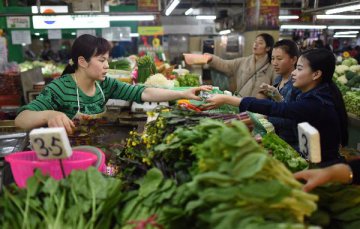

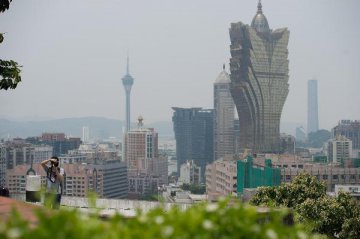
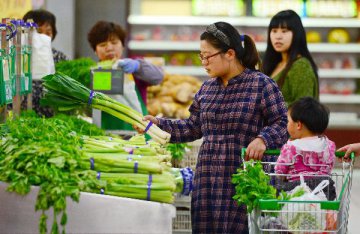
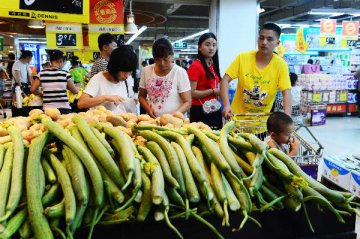
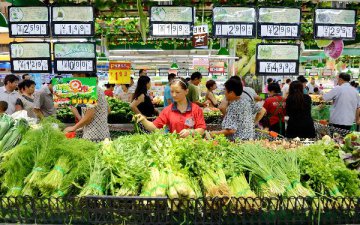


Latest comments